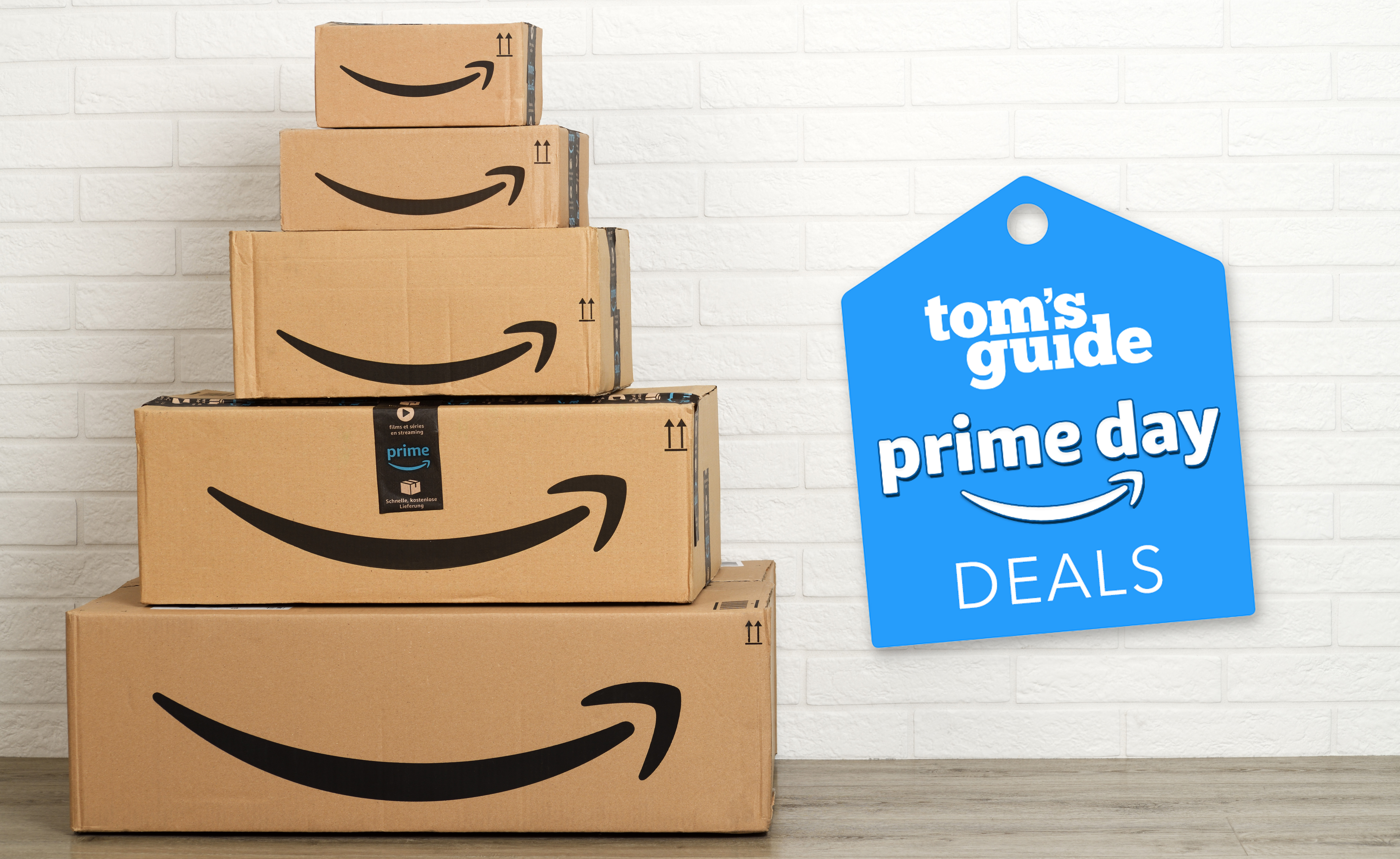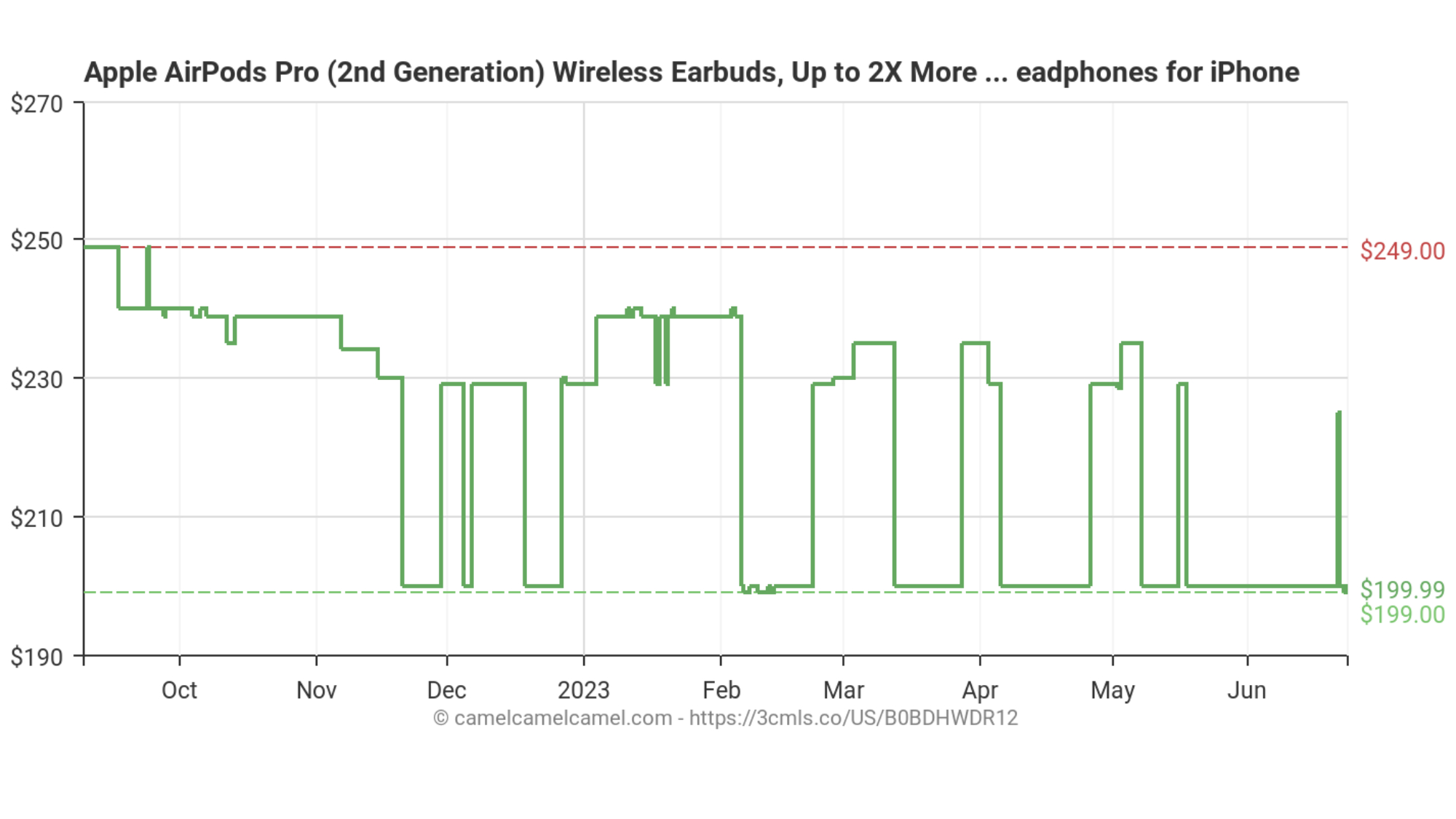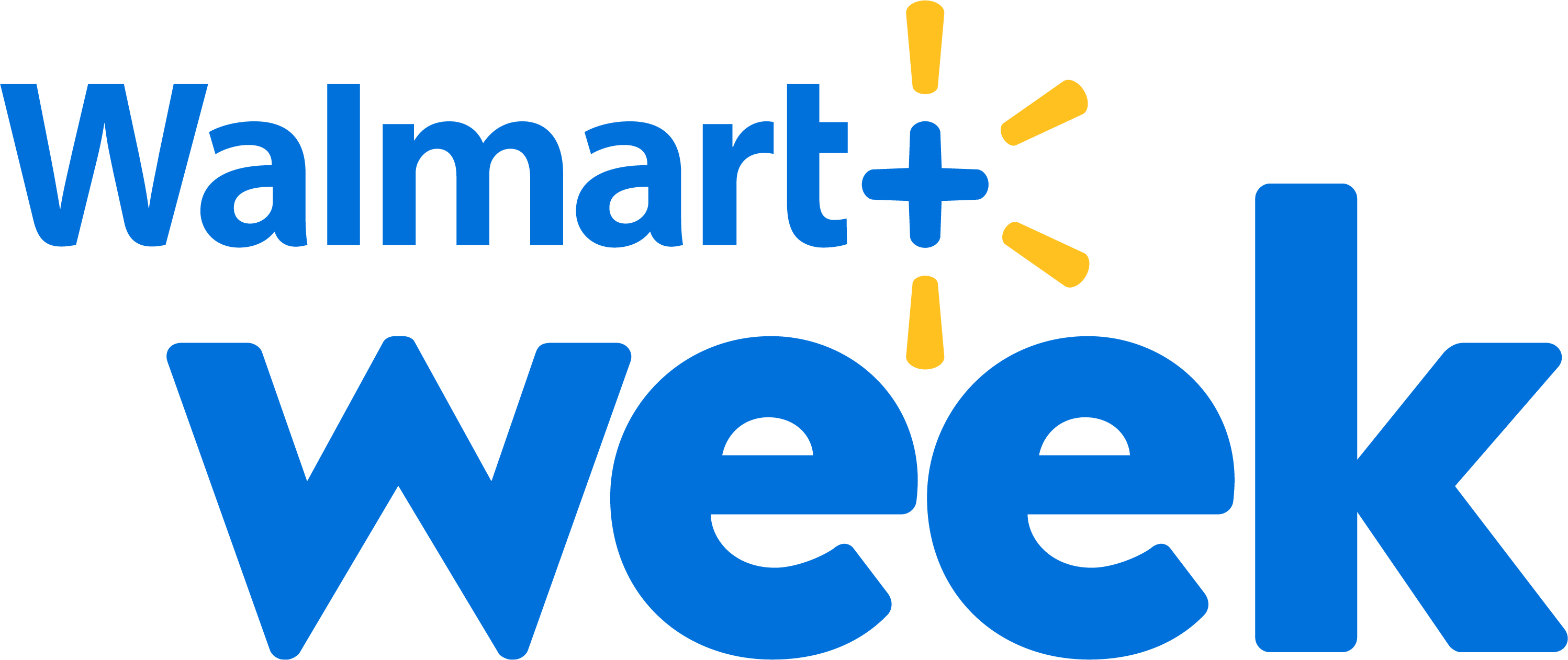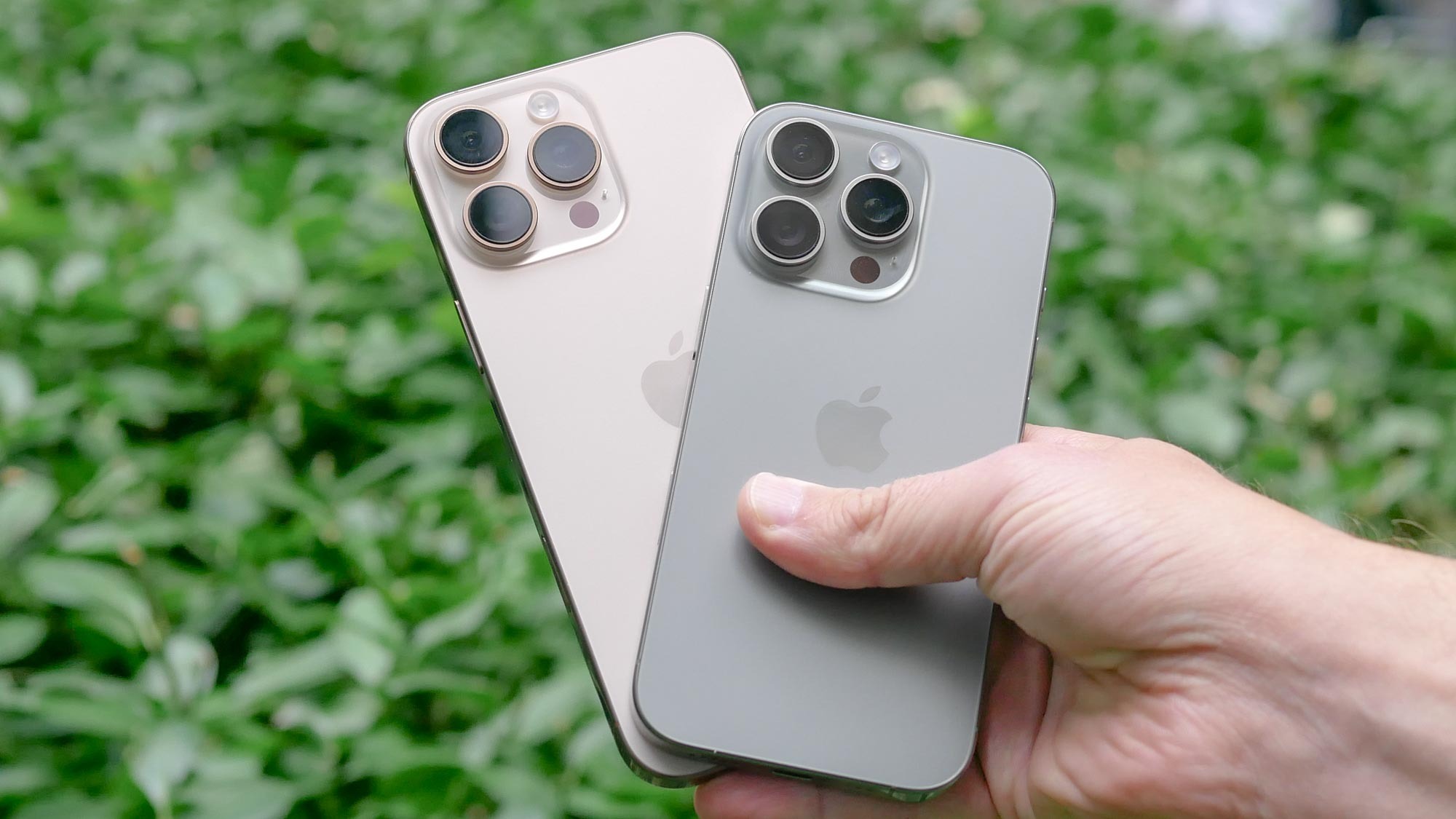I cover deals for a living — and this is the one Prime Day trick you need to know
Use this trick to avoid overpaying on Prime Day

Prime Day is less than three weeks away. Back for its ninth year, Amazon's 48-hour event is promising epic deals on everything from AirPods to Nike sneakers.
I cover deals and retail holidays for a living and while I'm excited about the return of Prime Day, I'm highly skeptical of the deals we'll see. Yes, there will be a lot of excellent Prime Day deals on July 11 (and the days leading up to it), but there will be just as many — if not more — mediocre deals. To be fair, that's the case with any major retail holiday, not just Prime Day. Nevertheless, it's something I think consumers should be on guard for.
The best way to prepare for Prime Day is to make a list of the items you want to buy — or think you might want to buy — and start tracking their sale price right now. To do that, I use a tool called CamelCamelCamel. (There's also a browser extension called Camelizer, which I find is faster and easier to use). CamelCamelCamel (and Camelizer) track the price history of thousands of items sold on Amazon.

For example, let's say you wanted to buy the AirPods Pro 2 on Prime Day. To look at the earbuds' price/deals history, you simply copy the Amazon product page URL for the AirPods Pro 2 and paste it at CamelCamelCamel. The price tracking website will then show you the AirPods Pro 2's entire deals history. (As pictured above). You'll then be able to see that $199 has been the cheapest price for the AirPods Pro 2.
Now let's say that the AirPods Pro 2 are on sale for $224 on Prime Day. CamelCamelCamel will help you realize that it's a mediocre deal and not worth buying at that price.
However, as much as I recommend using CamelCamelCamel, there are some downfalls to the tool you should know. First, it only tracks Amazon price history. So it won't be able to tell you that the AirPods Pro 2 sold for $189 back in March at MicroCenter. Second, it's not always accurate. I've noticed that it sometimes fails to chart price lows for certain products. Additionally, I've noticed that at times — especially on major retail holidays — the price charts for certain products disappear for no apparent reason. That's all the more reason why you should start tracking prices now rather than wait for Prime Day proper.
Don't limit yourself to Amazon

In addition to CamelCamelCamel, I also recommend looking at Amazon's main competitors. For example, Walmart Plus Week is an alternative Prime Day sale that's bound to price match or undercut Amazon's deals. Likewise, Best Buy will hold its annual Black Friday in July sales event at the same time as Prime Day.
While I expect to see a lot of great TV deals at Amazon, I've found that Best Buy offers lower prices on OLEDs. The retailer also has exclusives on certain TVs/models, such as Roku's new TVs, which hold the top spot in our best budget TVs guide.
Bottom line: Don't take Amazon's word when they say they're offering the best price on something. Do a little research now and make sure to check competing sites on July 11 to ensure you're getting the lowest price possible on whatever it is you want to purchase.
Sign up to get the BEST of Tom's Guide direct to your inbox.
Get instant access to breaking news, the hottest reviews, great deals and helpful tips.
As deals editor-in-chief at Tom’s Guide, Louis is constantly looking for ways to avoid paying full price for the latest gadgets, appliances, and apparel. With over 10 years of deals-hunting experience, Louis price checks against multiple retailers and searches high and low for the best deals to bring readers. He's also always on the look out for the best coupon codes to use when shopping. A born-and-bred New Yorker, Louis is also an avid swimmer and marathoner. His work has appeared on Gizmodo, CNET, and Time Out New York.

